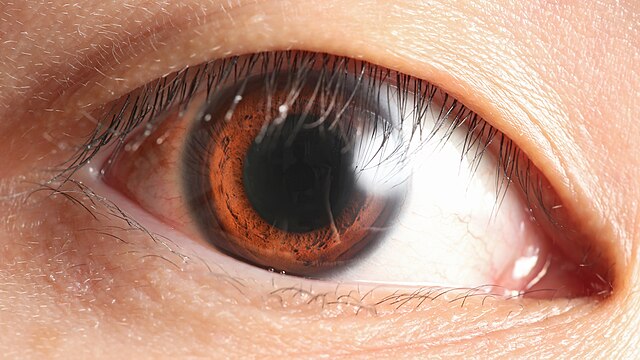Solar panels in your eyeballs: Self-powered bionics are on the way
Date: 15.3.2024
Implanting tiny solar panels into people's eyeballs may sound like science fiction, but that's exactly what a team of Australian scientists are working on. The next-gen tech could vastly improve quality of life for people with incurable eye diseases.
 Neuroprosthetics interact with the nervous system to restore lost functionality. A good example is the cochlear implant, a small electronic device surgically implanted in the inner ear that stimulates the hearing nerve to provide sound signals directly to the brain, improving hearing.
Neuroprosthetics interact with the nervous system to restore lost functionality. A good example is the cochlear implant, a small electronic device surgically implanted in the inner ear that stimulates the hearing nerve to provide sound signals directly to the brain, improving hearing.
Now, researchers from the University of New South Wales (UNSW) are exploring whether a similar neuroprosthetic technology can restore vision in people with damaged photoreceptors, specialized cells in the retina capable of absorbing light and converting it into electrical signals that can be sent to the visual cortex.
Camera sensor chips offer high resolution, extreme color depth and an increasing degree of low-light sensitivity – but there's one key issue: they need to be powered.
One shudders to think where the battery would go for a camera sensor in your eyeball, or how you'd change or charge it. On the other hand, there's another technology capable of turning light directly into electricity – solar photovoltaic panels.
Image source: Rapidreflex, Wikimedia Commons, CC BY-SA 4.0.























